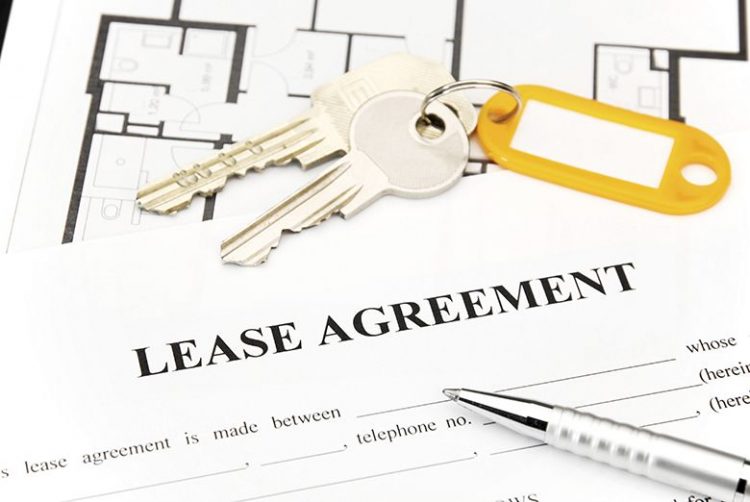DLN Partner Call Recap – Lease Renegotiation
General Discussion on Renegotiation:
- The bigger landlords are being the toughest to negotiate with – and in many cases, they are being completely unresponsive. While this situation is perhaps predictable, there was large variation in the group about how to respond. Some tenants are paying, while others are refusing until landlords come to the table to have a discussion. There was some conversation about the fallout from not paying (ex. Default notices), but more information needs to be collected on this topic.
- Most tenants are working with those landlords being responsive, primarily by working on interim rent deferral deals. That said, many are not making official documentation of these deals due to the high level of uncertainty at this time – why document something that could change or be improved? There was general consensus that amortization of deferred rent is unfair, as showroom closures have led to a permanent loss of business.
- The level of service in buildings is largely influencing these conversations, i.e. is the building open, are basic services being provided, and/or are the windows boarded? While these factors do not change the reality that showrooms are closed, impacting the level of possible business, landlords are using this in their negotiations as a crutch.
- Another point of consideration in these negotiations brought forward by the group is the fact that the standard expected marketing efforts done by most design centers are not occurring.
- Most participants in the group agreed that these are business conversations, as opposed to legal, based on the relationship with the landlord.
- An important consideration in these discussions is the state of your current lease. Factors include the remaining term, the desirability of re-leasing, and expectations for future terms. If you are planning to leave soon, you are likely going to take a tougher stand in negotiations.
Financial Considerations:
- Using PPP money for rent is a question of accounting and negotiating. While some tenants apply, others are not eligible due to their size. Some members of the group indicated that the loan itself is a valuable cash resource, even if you have to pay it back, as the accounting is tricky regarding forgiveness. The guidelines are still unclear as to the proper allocation of PPP funds and the correct accounting for them.
- There is an increased concern for the effects of vandalism and theft of closed show room locations, with one member confirming they had been broken into. There was discussion about removing valuable equipment from these locations, especially ones that are standalone.
- A new concern brought up by the group was that of workers comp, new territory for many, with one participant giving the example of someone tripping over their dog in their home and filing. Another point of discussion was the ergonomics of work-from-home spaces for employees. • The discussion around priorities at this time made it clear that cash and retaining people remain more important concerns than rent.
Organizing into Tenant’s Association:
- One of the most robust topics from the call was a discussion about organizing into a tenant’s association to gain leverage in the conversations and negotiations with design centers across the country, as well as the role DLN and other organizations can play in this effort. While comparing notes on the subject seemed like a good idea, it was felt that gaining such leverage would be hard given the disparate interests of so many tenants. A refreshing piece of positive news on this subject came out of London, where the tenant’s association of the Pimlico Road design district was able to get rent abatement from their common (and large) landlord for a quarter. This, in conjunction with the coordination that lead to the DC and Philadelphia design centers, could act as a model for this situation.
- LVMH was brought up as a model of having power because of size. They are tough with landlords around the world, helping to validate the reality that tenants have real losses that should be shared with landlords of locations that are closed or have disrupted business.
Looking to the Future:
- There was discussion about when new leases might become lower priced, given the longterm economic fallout from the pandemic. Concern was expressed that some showrooms may never re-open, and that design centers could become less of a draw to foot traffic as a result. In general, leases present a huge risk due to the uncertainty of when people will return to showrooms. Most participants on the call agreed traffic will take time to regain, especially since it has already begun to decline in recent years.
- The future of our industry could mean more direct and outside sales, which has been the trend for a while. The question was asked: is this the tipping point? Some participants wondered if the Maison Objet/Deco Off model is relevant, in which brands create new venues when old ones no longer work (be it for economic or other reasons).
- DLN Deliverable: The DLN has committed to compiling and sharing a database of each Partner’s showroom locations to allow everyone to more specifically share and compare notes.
